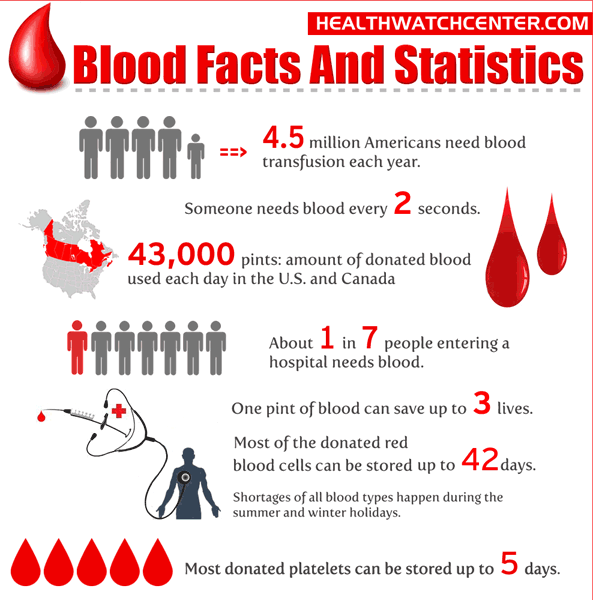Over the years, I've grown more and more impressed with the blood donation system in the United States and Canada via the America's Blood Centers and the American Red Cross. They have a difficult and (yet) very important job.
Here is the difficult part:
Imagine if you had the job of trying to convince people to volentarily have a needle stuck in their arm? They would also have to answer a lot of personal questions about their past travels--especially if it included travel to certain countries--and questions about their possible drug use and even their sex lives and sex partners. As compensation for going through this ordeal, donors would receive a hearty "Thank You", a bottle of water, a snack, and occasionally a free T-shirt. No money; no raise; no notoriety. In fact, friends and neighbors would probably question your reasons for doing such a thing if you were a blood donor. And if all of this wasn't tough enough, only 38% of the U.S. population is eligible to give blood (source) because of various health and risk factors.
Here is the important part:
 Blood can not be manufactured. The only way hospitals and medical centers can get blood is from people donating blood. Blood is needed everyday for accident victims, people with Sickle cell disease, and people with cancer (source). Over 15 million blood units are needed in the U.S. and Canada every year. To make matters even more dire, blood can only be stored for up to 42 days (see chart).
Blood can not be manufactured. The only way hospitals and medical centers can get blood is from people donating blood. Blood is needed everyday for accident victims, people with Sickle cell disease, and people with cancer (source). Over 15 million blood units are needed in the U.S. and Canada every year. To make matters even more dire, blood can only be stored for up to 42 days (see chart).Hence, maintaining an adequate blood supply is difficult to do, and very important to be done. It is so important that is worth the effort of many people throughout the country to continually seek to find more and better methods of encouraging people to donate blood and to improve the blood donation process.
When I look at our public schools and their mission, I see many parallels to the efforts for encouraging more blood donors. Our public schools (also) have a difficult and important job to do. We accept students into our schools with many and varied backgrounds. Some are poor and ill-equipped to find success in the academics of traditional schooling; some are new to our country and are trying to learn English while also trying to learn math, science, and social studies. Some schools have few needed supplies and some classrooms have large numbers of students. Some teachers are very well prepared to educate their students and some are not as well prepared to do this job.
Yet, few would argue that the need for an educated public is important. It is important for the individual and it is important for the society at large. Hence, it is worth the struggle and the effort to continually search for ways to successfully educate all of our students.
This belief in the importance of education is certainly shared by educators; but we often find it difficult to convince some students and their parents. Like blood donors, we don't offer our students money or prizes for obtaining a good education. Instead, we offer them hope for a better future. We do our best to help our students to see the value in learning.
Education is (indeed) the art of selling students (and parents and communities) the future value of learning. It isn't the grades or the GPA or the credits earned. It isn't "doing what you're told because, 'I say so'". Learning is it's own reward. Learning is the right thing to do because it helps you and everyone around you to be an educated person.




No comments:
Post a Comment